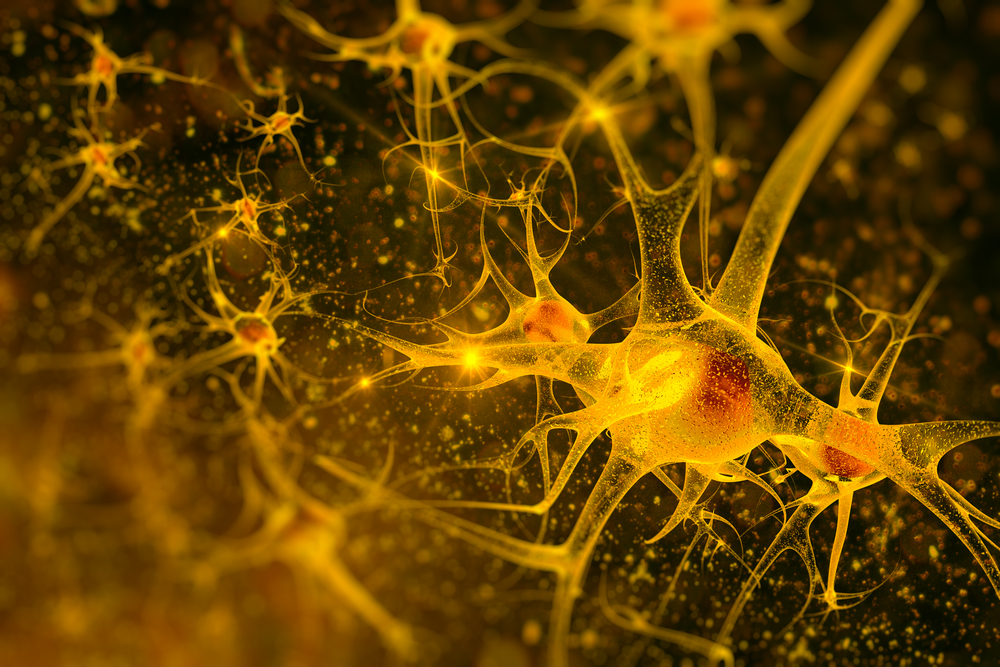Ubiquilin-2 May Be Future Target for ALS Treatment

A recent study from researchers in Canada and Japan describes a new possible target for the treatment of amyotrophic lateral sclerosis (ALS). The paper, titled “Ubiquilin-2 drives NF-κB activity and cytosolic TDP-43 aggregation in neuronal cells,” appeared on Oct. 31 in the journal Molecular Brain.
Mutations in the gene for ubiquilin-2 (UBQLN2) are associated with ALS as well as with an additional disease of the nervous system called frontotemporal dementia (FTD). UBQLN2 mutations can cause protein clumping, known as aggregation, and this may contribute to the neuronal death that marks these diseases. Mutations in this gene are also responsible for a small proportion of the familial form of ALS.
Researchers have found 29 gene mutations that may contribute to ALS, including UBQLN2. ALS is a progressive disease in which motor neurons in the brain and the spinal cord degenerate. Voluntary muscle control deteriorates, ultimately leading to complete paralysis and death.
Led by Vincent Picher-Martel of the Research Centre of Institut Universitaire en Santé Mentale de Québec, the researchers used cells grown in a dish to study how either normal or mutant UBQLN2 affected them. They studied a type of experimental nervous system cell known as Neuro2A cells, which can be genetically manipulated in the laboratory. They found that mutations of UBQLN2 increased nuclear factor κB (NF-κB) activation. UBQLN2 mutations additionally caused the accumulation of TAR DNA-binding protein (TDP-43), which builds up in people with ALS in what are known as inclusion bodies. The mutations also caused the cells to be more stressed and more likely to die when exposed to a toxin known as toxic tumor necrosis factor-alpha (TNF-α). A drug called withaferin A, which can inhibit NF-κB, reduced cell death in the Neuro2A cells that had UBQLN2 mutations.
In their conclusion, the authors noted: “These results suggest that UBQLN2 dysregulation in neurons can drive NF-κB activation and cytosolic TDP-43 aggregation, supporting the concept of pathway convergence in ALS pathogenesis. These Ubiquilin-2 pathogenic pathways might represent suitable therapeutic targets for future ALS treatment.”
These data indicate that medications or gene therapies targeting ubiquilin-2 or NF-κB might provide future treatments for people suffering from ALS. Currently there is no cure for ALS, and very limited treatment options. Research into new possible treatments are therefore greatly needed.






